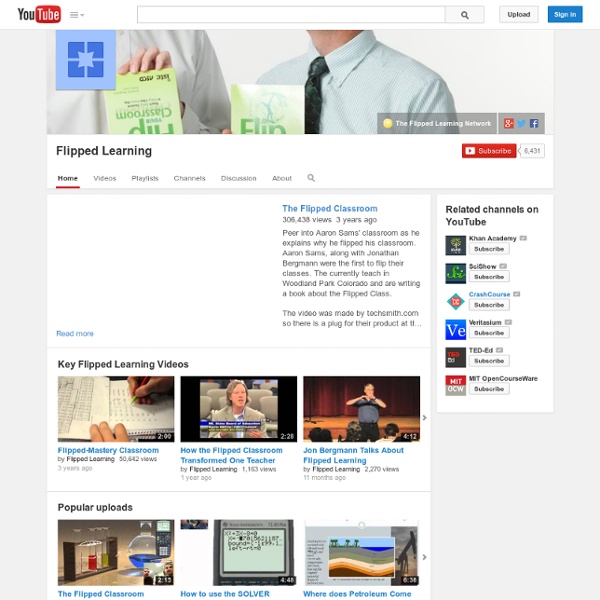



The Flipped Classroom: A Pedagogy for Differentiating Instruction and Teaching Essential Skills July 31, 2012 by Scott Sterling Summer is almost over and some educators, when thinking about the upcoming school year, may be considering “flipping their classroom” as a new method for instruction of essential skills. A flipped classroom is one in which the background learning of a particular topic or skill occurs outside of class time - utilizing technological tools like videos and podcasts to teach the essential skills. This leaves class time free to work collaboratively on the higher-order thinking needed to utilize these skills. In other words, class time is now free to spend working with the students because everyone has already received the background instruction that takes up so much time in the traditional classroom. For example, let’s say you are teaching the Pythagorean theorem. The students are instructed to watch the instructional video and then post one question about the theorem on your online classroom message board. For further reading: Related reading :
The flip: Classwork at home, homework in class Today, the 48-year-old helps teachers around the world “flip” their classrooms. Last week, he was at Harvard Law School talking about the virtues of flipping. A book he and Sams wrote, “Flip Your Classroom: Reach Every Student in Every Class Every Day,” is coming out in June, and Bergmann is planning the fifth annual conference on Flipped Learning this summer. Here are excerpts of conversations I had with Bergmann on the phone and by e-mail: Q. In the simplest form, basically, it’s this: What’s normally done in class, the direct instruction piece, the lecture, is done now at home with videos. So it’s homework in school and lesson at home? When you are stuck in the old model, kids would go home and do one of three things. Tell me about the videos. Aaron Sams and I decided to start making videos that we could give kids to take home so they wouldn’t have to spend so much time after school getting help. The access issue is big. So what was the next iteration? Then what happened?